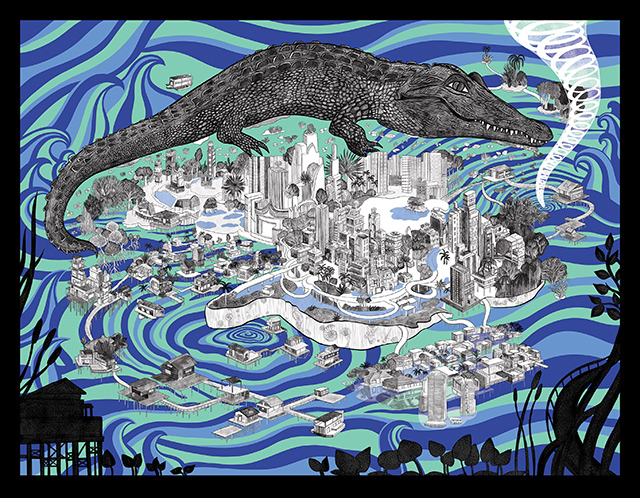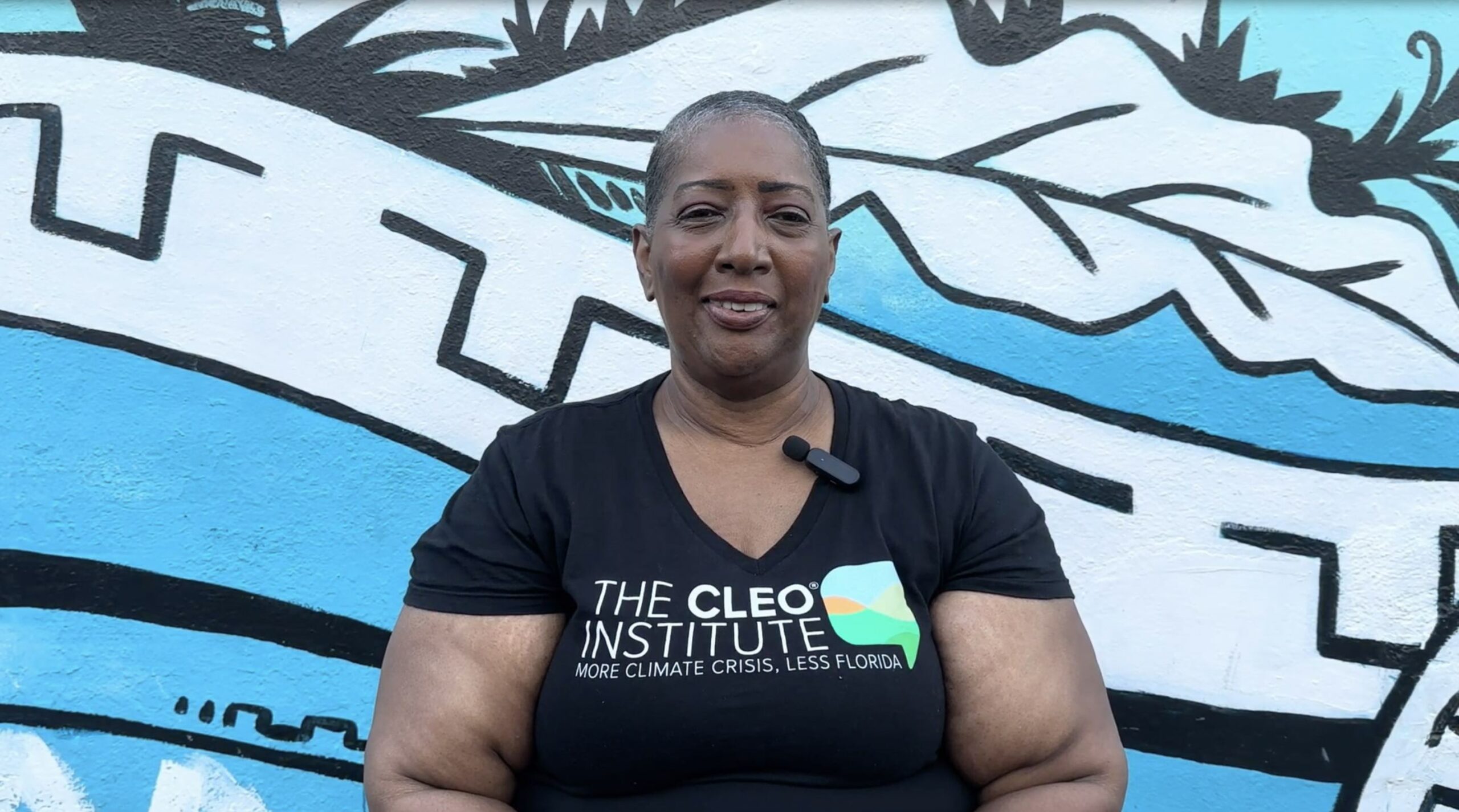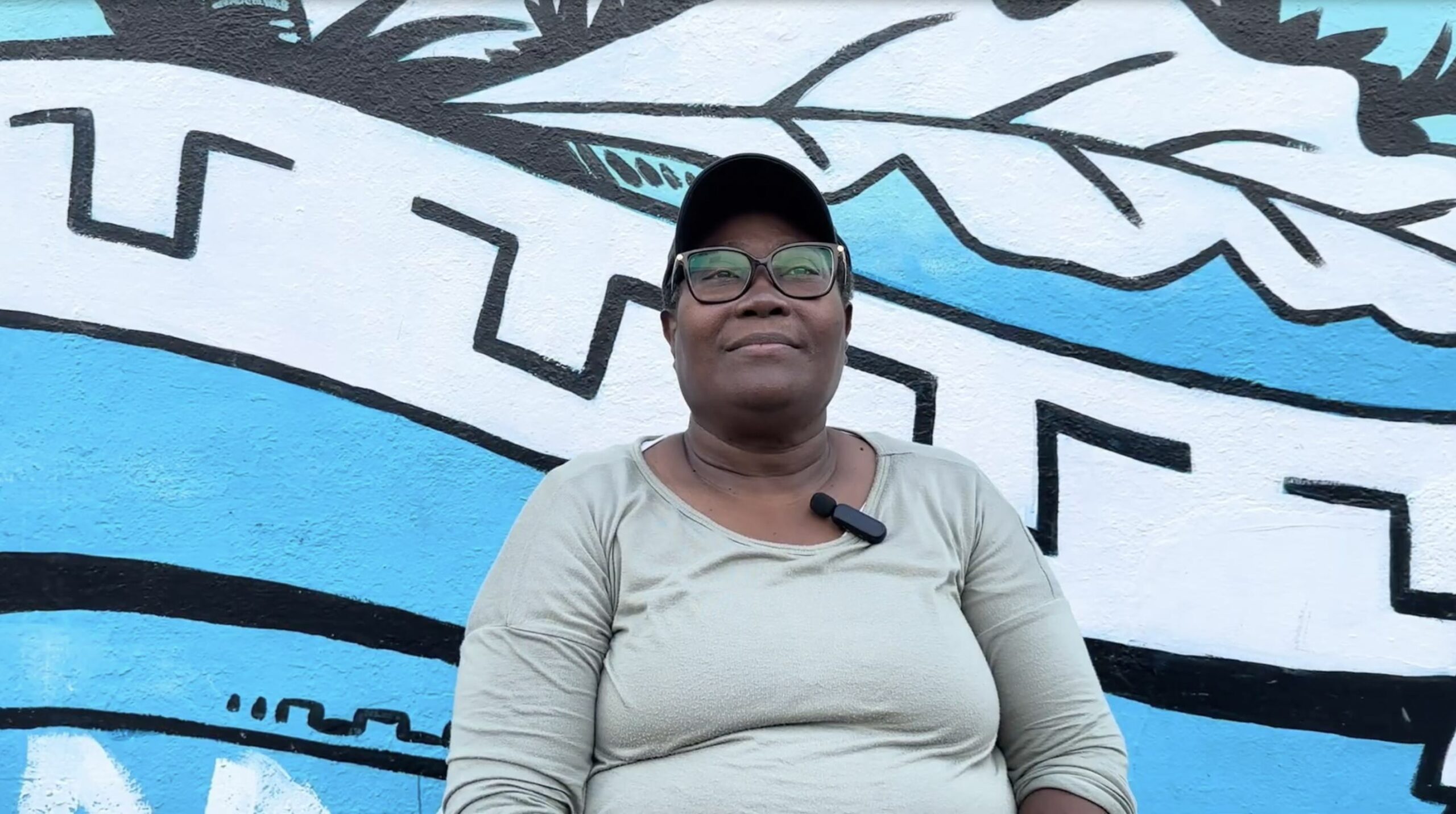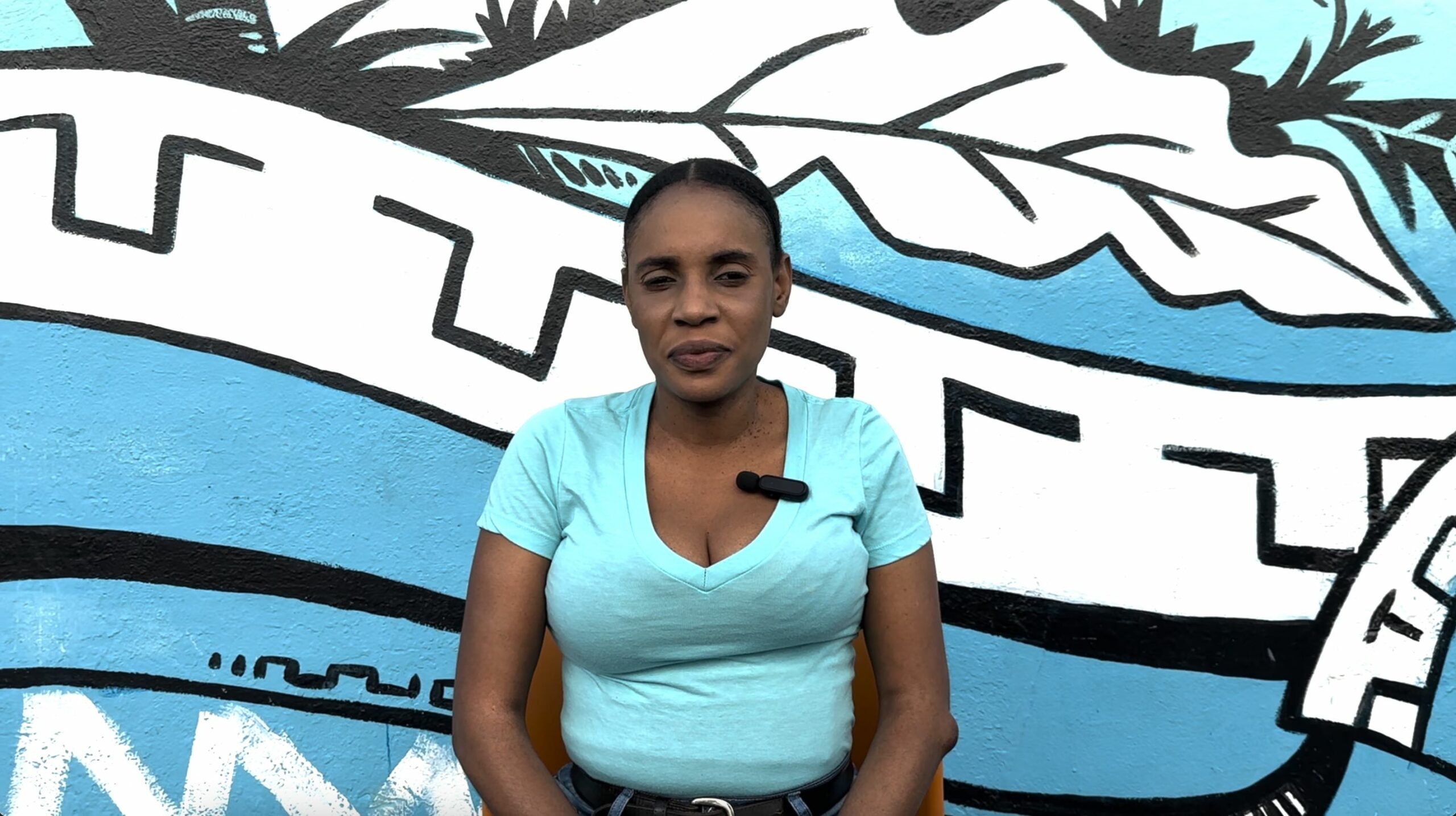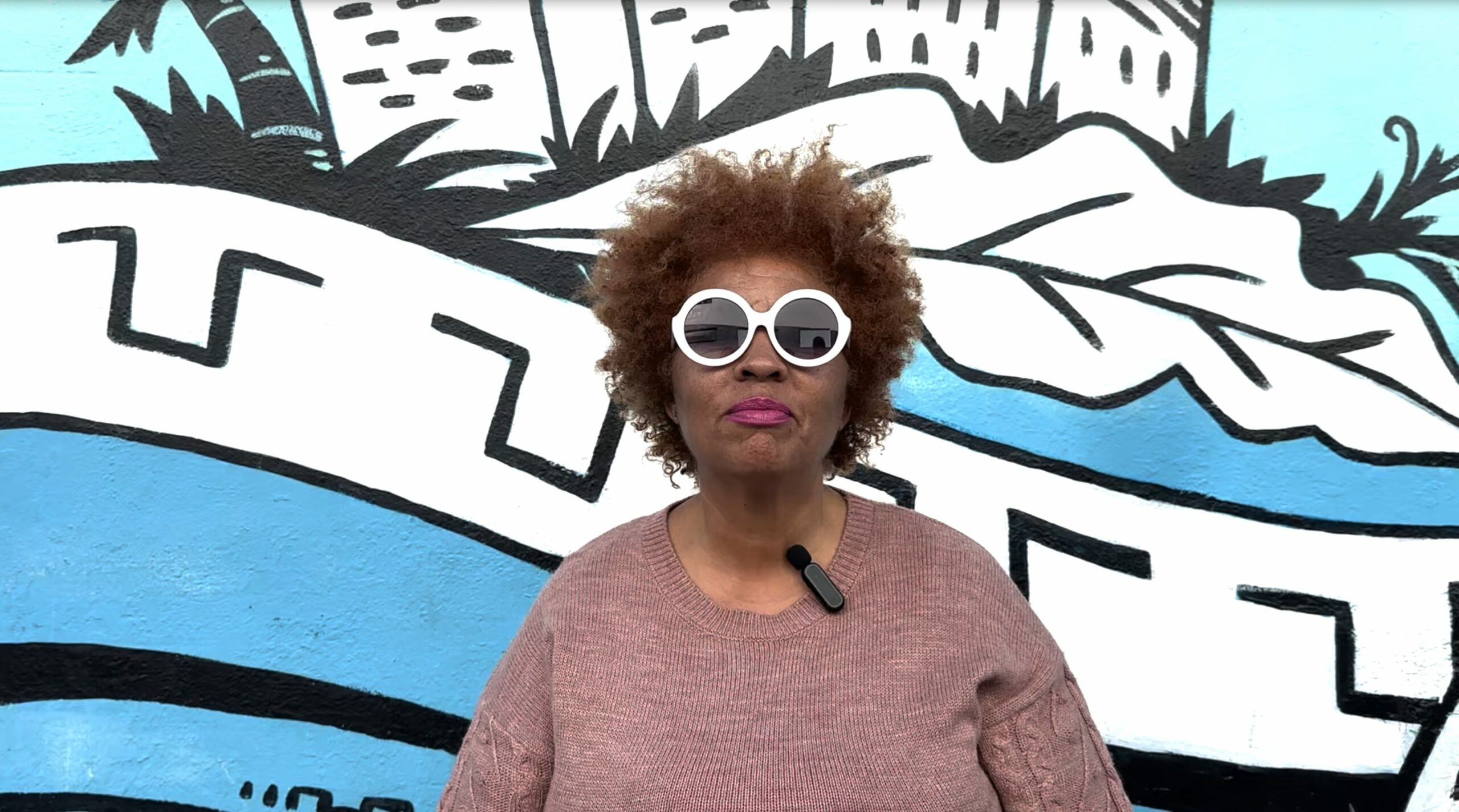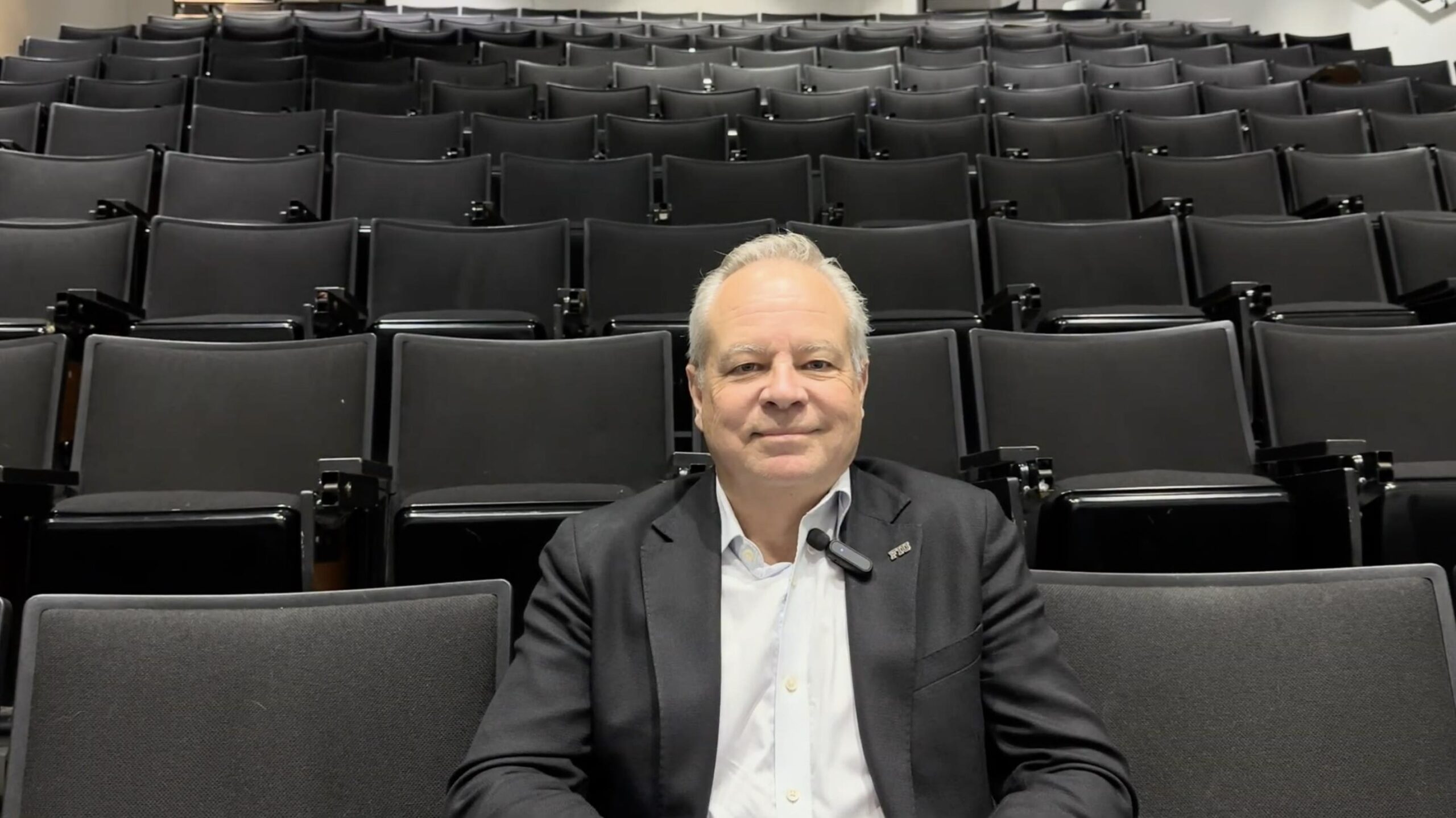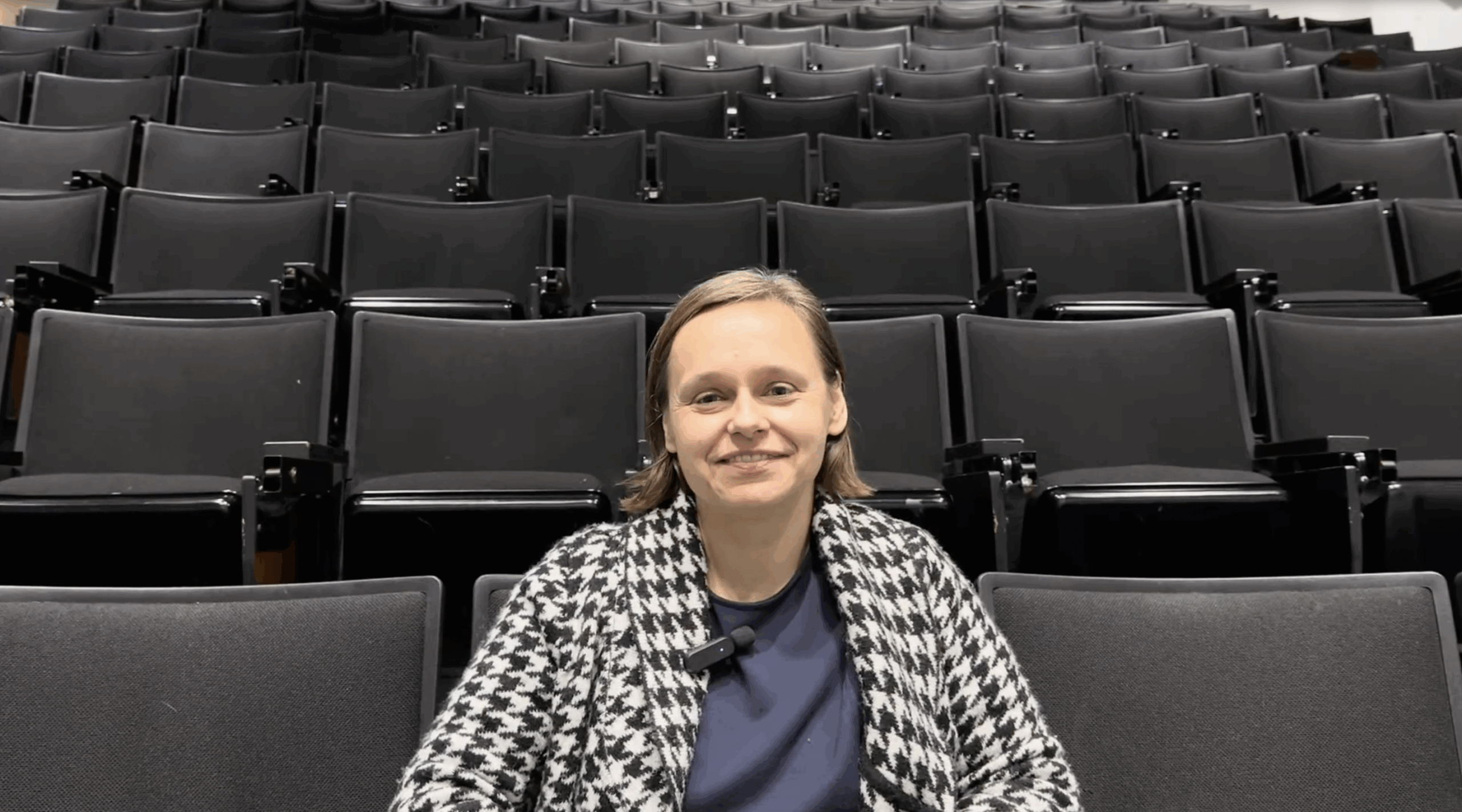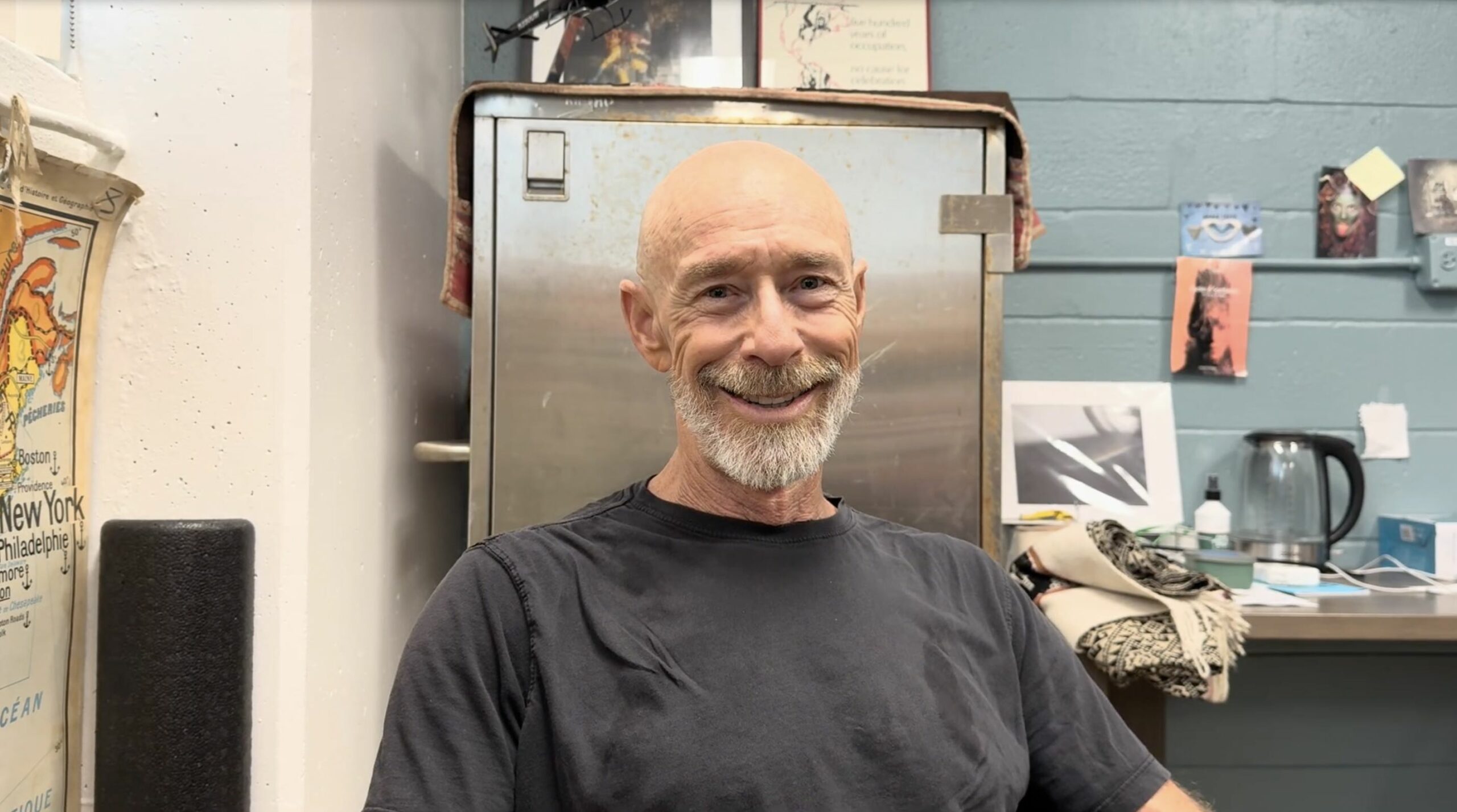
Kenny Broad, environmental anthropologist at the University of Miami, has been exploring the complex relationship between humans and their environment for years. ‘We often think of nature and culture as two separate things, but I think it’s undeniable that they are closely linked and influence each other.’ According to him, one of the main mistakes of our time is to consider that humans, as rational beings, are disconnected from the natural world. ‘In fact, we don’t think about the future; we are no different from many animals that maximise their short-term gains.’ Kenny notes that, unlike industrialised societies, some traditional societies are much more in harmony with their environment and pay constant attention to it.
Miami: a city in constant flux facing environmental challenges
Kenny talks about the rapid transformation of Miami, a place where people come and go, often for short periods of time. « It’s one of the closest cities to Latin America, Central America and the Caribbean. We have a large influx of people from these regions.‘ Since 1968, when he arrived in Miami, the environment has changed irreversibly, he notes. ’There are mangroves where we used to be able to jump into the water and go diving. Much of that has been lost due to coastal development. » While beneficial from an economic standpoint, this development has led to greater vulnerability to hurricanes and rising sea levels, a direct consequence of climate change.
The impact of short-term decisions on the future of the city
According to Kenny, short-term development choices have serious repercussions for the city’s resilience. ‘We now see how vulnerable we are and that it will cost much more to adapt than if we had made long-term decisions from the outset.’ Despite environmental awareness, many residents continue to move to Miami and buy houses with ocean views, even though they know full well that sea level rise is real. He believes this phenomenon can be explained by the existence of safety nets, such as private insurance and government subsidies, which mitigate the consequences of natural disasters and thus encourage short-term behaviour.
Poor communities facing rising sea levels and natural disasters
Another major issue Kenny addresses is that of poor communities, which are often the most vulnerable to the impacts of climate change. « The most vulnerable communities have had to move. They have been unable to survive the reconstruction of their neighbourhoods, which has led to a real breakdown of neighbourhood structures. These groups, often deprived of the resources they need to protect themselves and rebuild after a disaster, are disproportionately affected by floods and other environmental disasters. By moving away from their neighbourhoods of origin, they have often lost their jobs due to a lack of public transport, buses and trains. The impact of disasters on infrastructure and mobility leads to profound changes in the composition of the city and the way its inhabitants move around and survive.
Innovation as a response to climate challenges
Kenny Broad highlights the need for an innovative approach to addressing environmental challenges. In Miami, for example, researchers are testing adaptation solutions in real time, including at the University of Miami, where a hurricane simulator is being used to test various infrastructure and solutions to limit the effects of storms. ‘We can test different structures, simulate sea level rise, and set up mini-mangroves and mini-walls to test different scenarios.’ These experiments aim to find viable solutions to protect coastal communities while respecting the natural environment.
Resilient architecture in the face of inevitable climate change
Resilient architecture must go beyond temporary solutions and be integrated into urban projects for the long term. The challenge is to integrate green and grey infrastructure solutions to strengthen the resilience of cities. Indeed, ‘we need to create landscapes that are more man-made landscapes to manage flooding, but also to create a unique habitat and lifestyle for living on and above the water.’
The crucial role of policy and communication
For Kenny, policy plays a decisive role in implementing these solutions. He notes that although local elected officials recognise the need to act on climate change challenges, implementing solutions remains an economic headache. « The cost of engineering is high. Developing a street, a kilometre of street, can cost millions and millions of dollars. » One of the major obstacles remains the lack of coordination between different local and federal jurisdictions, which further complicates the implementation of solutions on the scale required.
Towards a comprehensive approach for a more resilient city
For Kenny, solutions can only be effective if they are implemented collaboratively, taking into account the economic and social realities of each community. ‘We need to start building more resilient communities and ensure that what we rebuild is sustainable and resilient.’ Architecture and urban planning must therefore adapt to the challenges of climate change while ensuring a pleasant and equitable living environment for all residents.
A message of hope for the future of our communities
Kenny remains optimistic in the face of these challenges. ‘There is no place for pessimism in the world. We must find opportunities in challenges.’ Despite the many difficulties to be overcome, he remains convinced that there is a path to successful adaptation through collective will and continuous innovation in urban design. For him, the important thing is to ‘find sustainable and resilient solutions that will benefit future generations.’
Testimonies from the same panel
